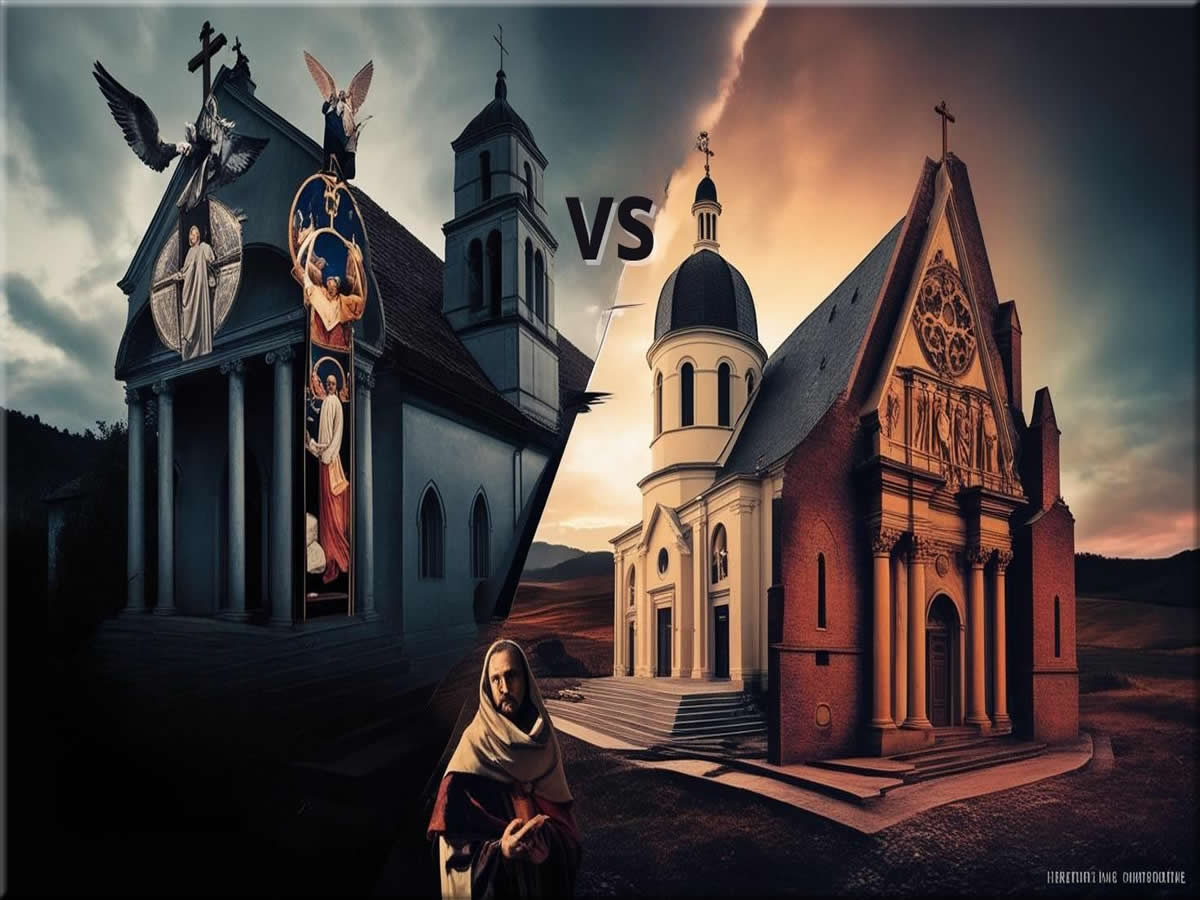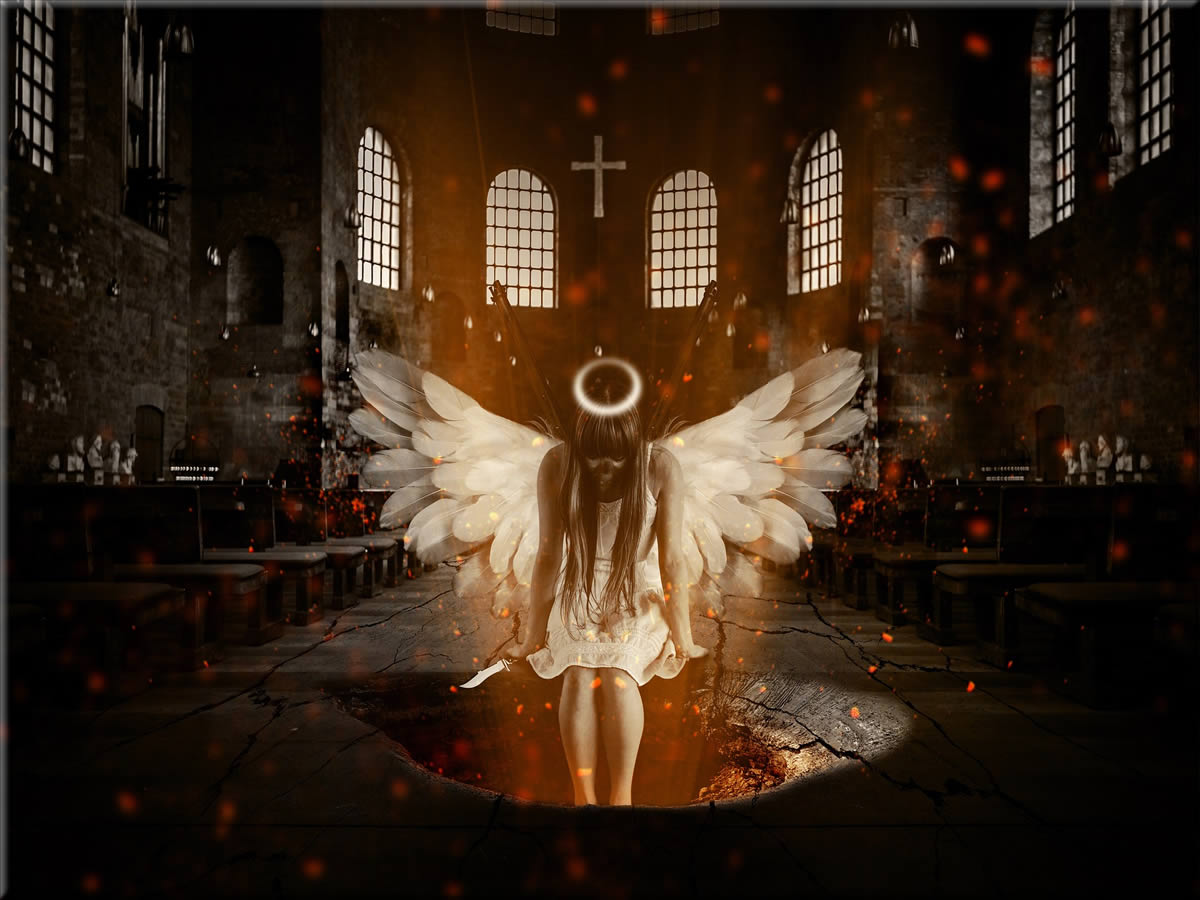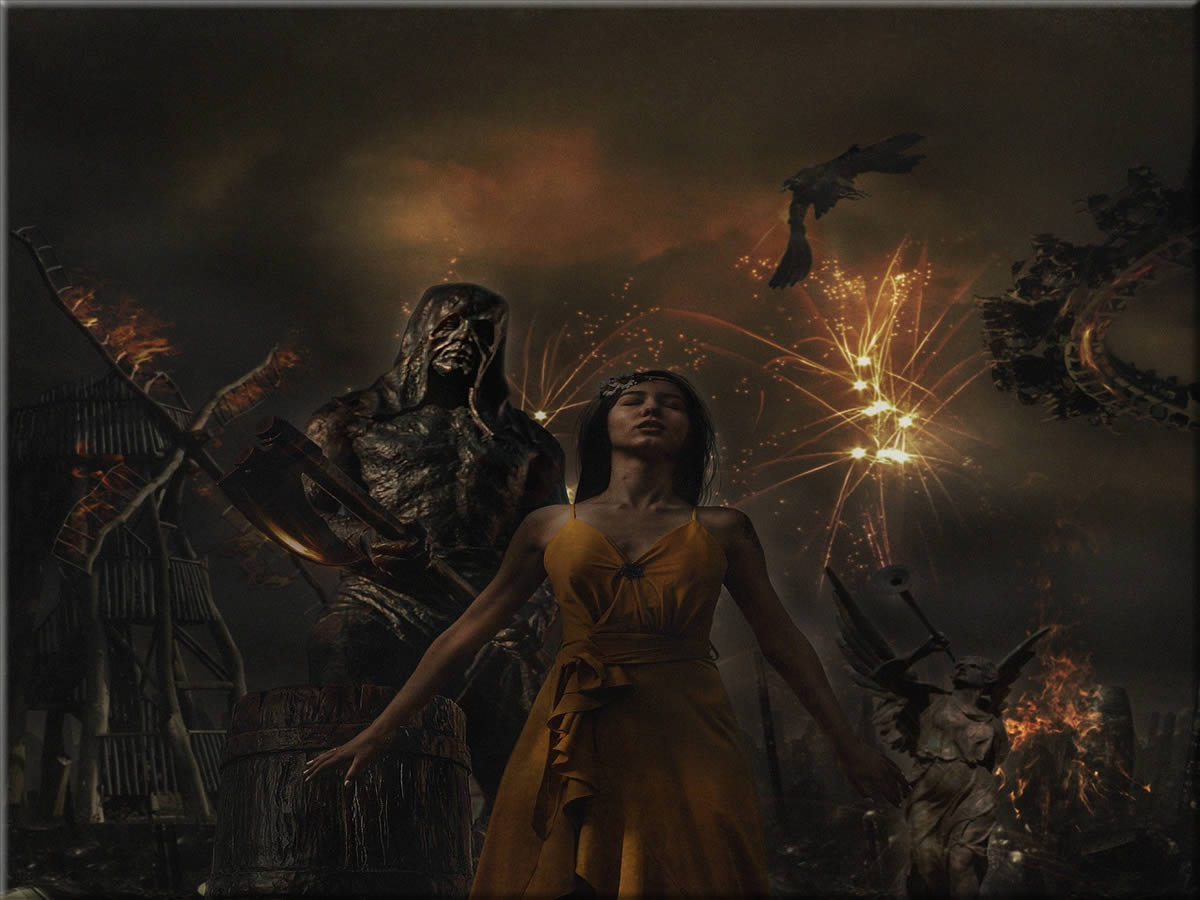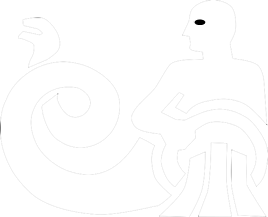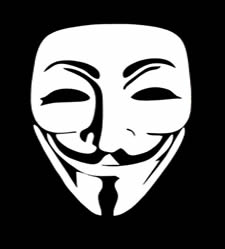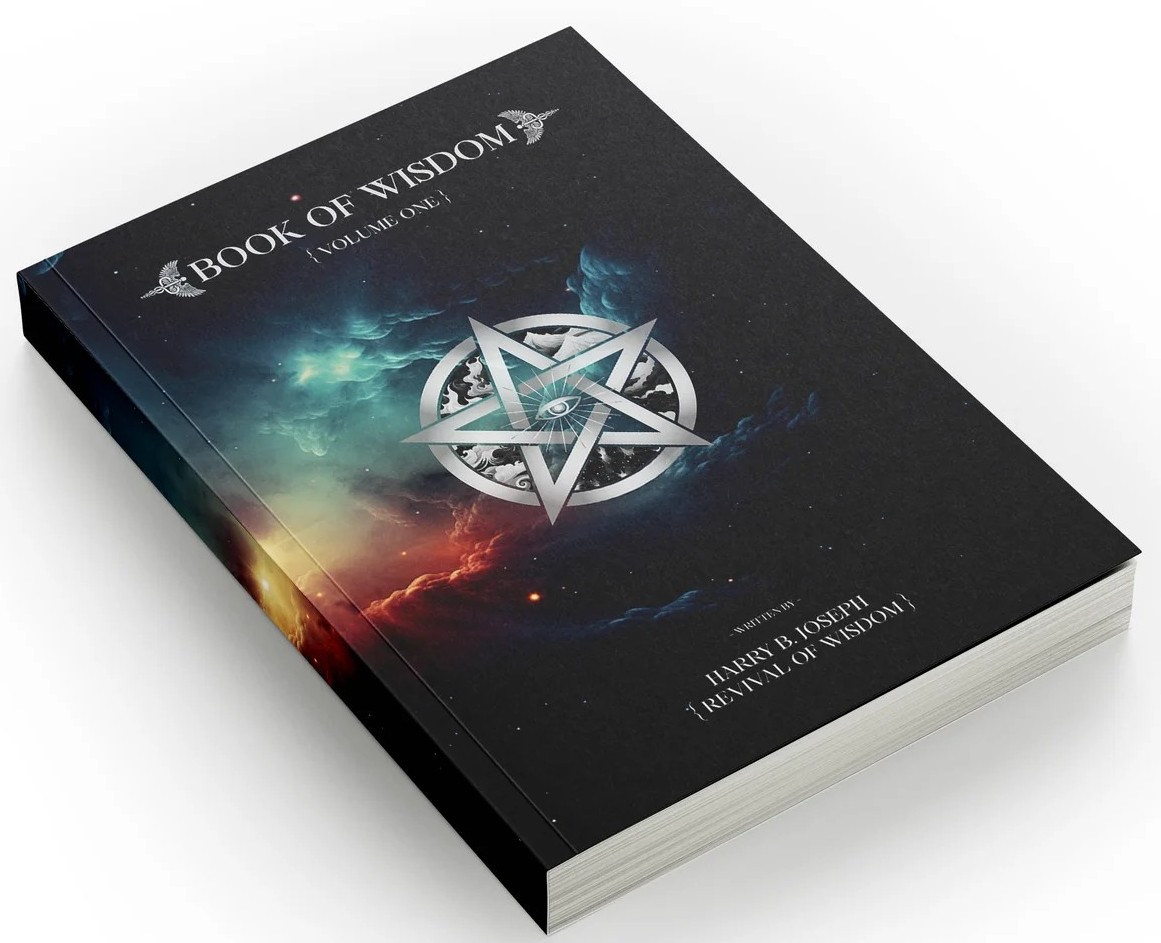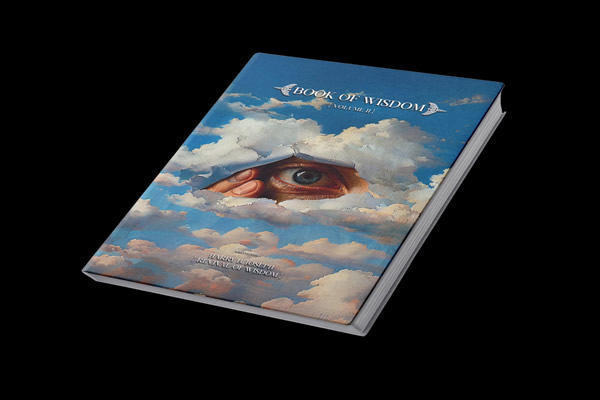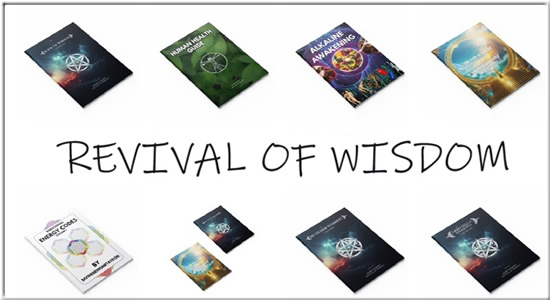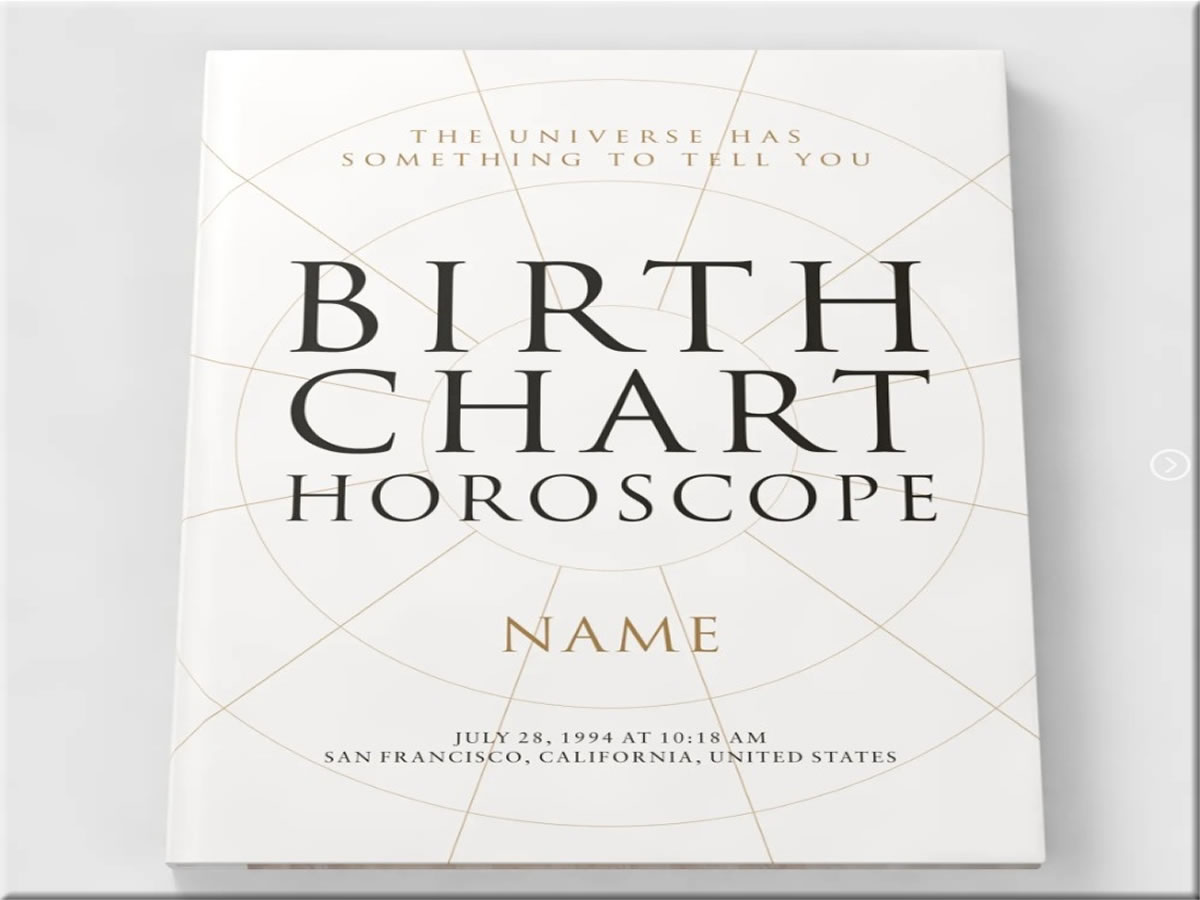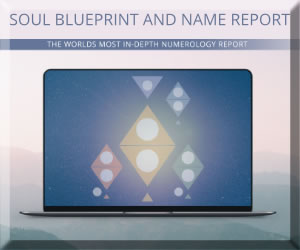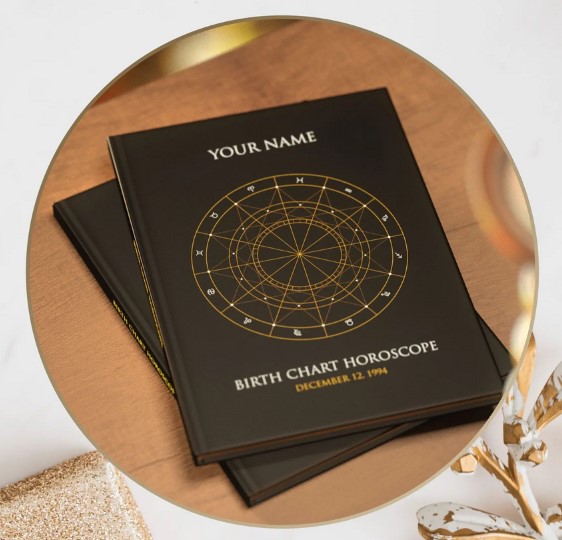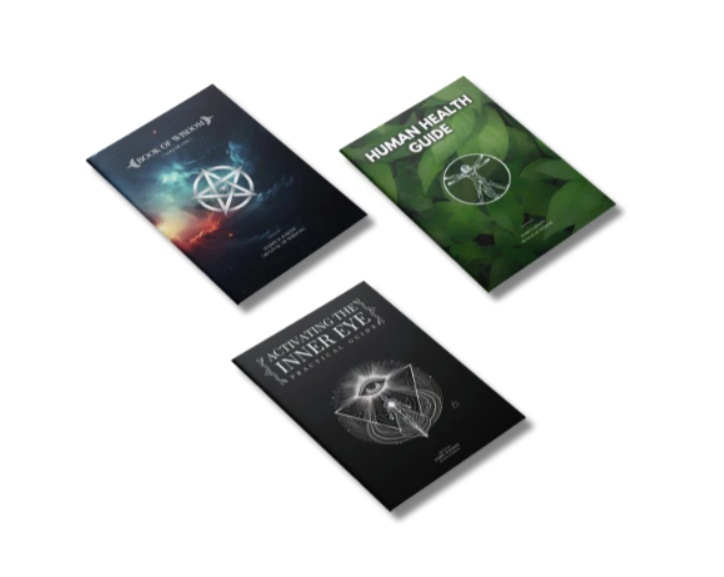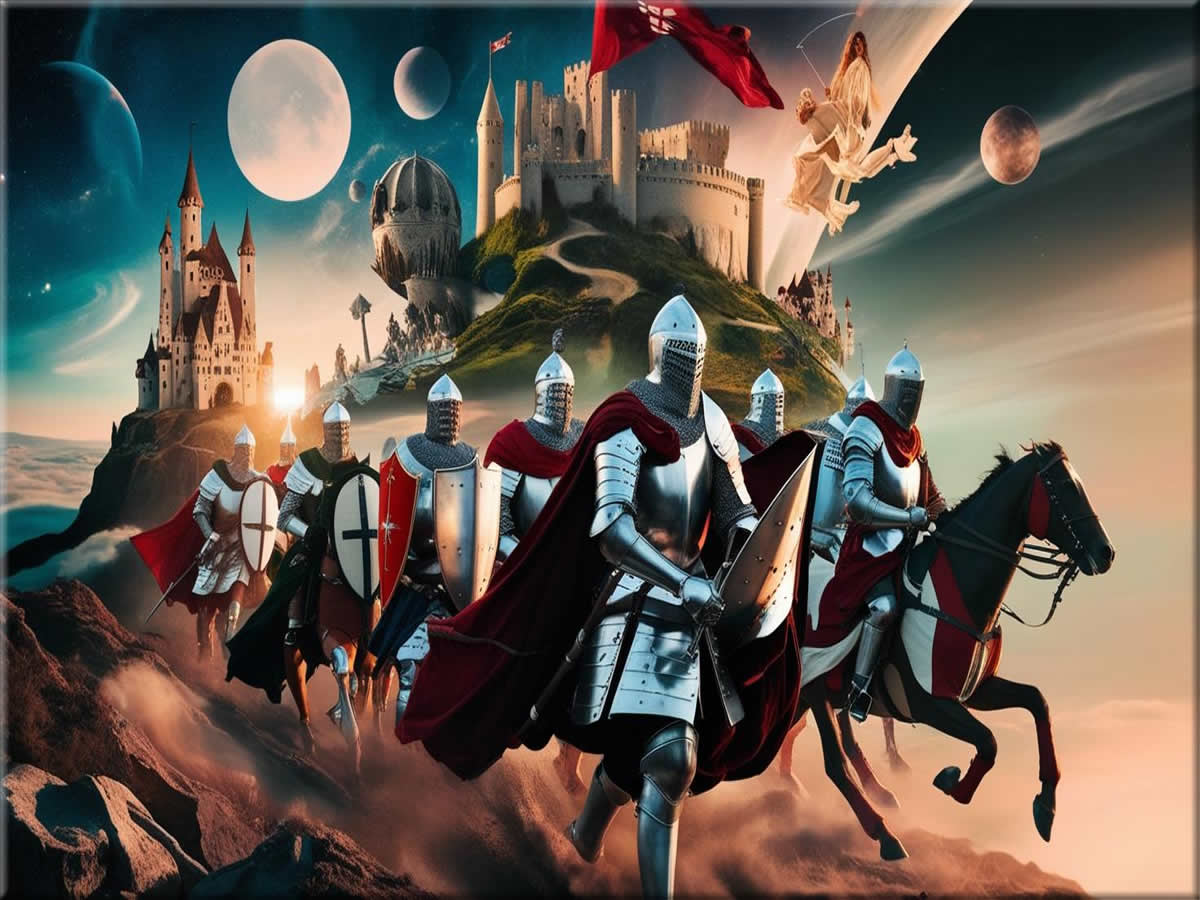
Faith And Conflict: The Catholic Church Crusades
The Crusades were a pivotal series of events that left a deep mark on world history. To understand why they happened, we should take a closer look at the backstory—specifically, how the Catholic Church sparked off these bloody campaigns. This wasn’t just about grabbing land; complex forces were at play.
In the late 11th century, the Catholic Church was a major power, far beyond just a religious entity. The Popes wielded impressive influence, directing both spiritual, social, and political landscapes across Europe. Pope Urban II’s call for the First Crusade is often highlighted as a defining moment that set off a chain of events far beyond its initial scope.
Religious fervor was a considerable factor, urging thousands of people to take the sword in their hands and the cross on their backs. The idea was to reclaim Jerusalem and other “sacred sites” that fell under Muslim control, and it came bundled with promises of spiritual rewards like the absolution of sins. This religious drive was backed by a sense of duty to protect fellow Christians and their “holy places.”
Check out more videos on our YouTube channel
Yet, religion wasn’t the only motivation. Economic interests played their part, too. For many, the Crusades presented opportunities—land expansion, trade routes, and the prospect of wealth couldn’t be ignored. Political maneuvering also had its share in steering the cause, driven by a mix of honor, prestige, and alliance-building among European leaders.
Key figures like Pope Urban II, various monarchs, and charismatic leaders such as Richard the Lionheart became synonymous with the Crusades. They leveraged rhetoric that mixed faith, duty, and adventure to mobilize the European masses. Understanding their roles and the events they shaped gives insights into why the Crusades had a lasting impact.
Faith and Battle: A Closer Look at the Crusades
The Crusades weren’t just battles; each campaign had distinct goals and enduring tales—from retaking Jerusalem to capturing key Mediterranean ports. Different Crusades carried their own missions as they spanned over two centuries. Whether deemed a success or failure, each one added a new layer to this intricate historical tapestry.
Key battles defined each Crusade, offering gripping stories of strategy and survival. From the Siege of Jerusalem to the Battle of Hattin, the tactics and outcomes of these confrontations shaped not only the fate of armies but also influenced the region’s political map for years to come.
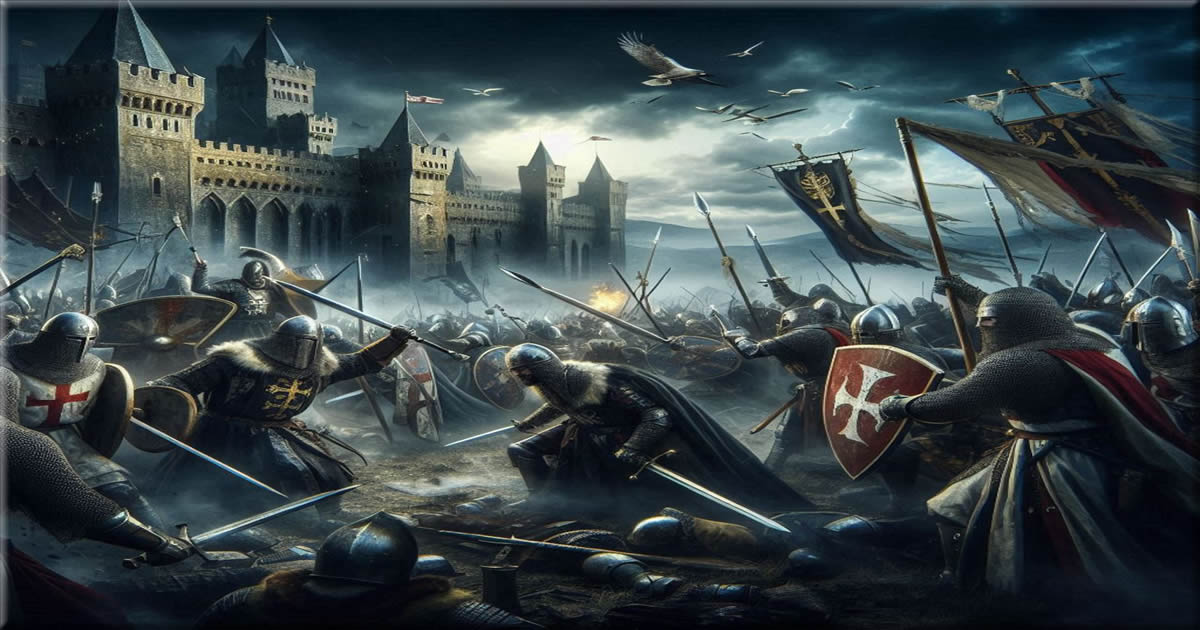
Knights played iconic roles, with knightly orders like the Templars and Hospitallers becoming legends in their own right. These warriors combined their martial skills with spiritual duties, bound by religious vows, creating a unique blend of faith-fueled military prowess.
Navigating through foreign lands posed significant challenges for Crusaders. They faced unfamiliar terrains, logistical problems, and diseases, not to mention resistance from well-established local forces. These hardships added a gritty reality to the glorified tales of the Crusades.
Understanding the multifaceted nature of these campaigns highlights the blend of personal conviction, faith-driven decisions, and pragmatic battles that defined the Crusader expeditions.
The Human Cost: Tracing the Victims of the Crusades
While often romanticized for their valiant battles, the Crusades also significantly impacted humanity. They left scars across many societies, affecting diverse groups caught during these historic conflicts.
Understanding who bore the brunt of the Crusades takes us to the heart of its impact on individuals and communities. Civilians, as much as soldiers, faced the harrowing realities of warfare. The sacking of cities often meant widespread slaughter, displacement, and enslavement, particularly for populations like Jews, Muslims, and fellow Christians who didn’t share the same views as the Catholics.
The Book of Wisdom is a must-have book for every free-thinker and truth-seeker. It offers a wealth of knowledge, encompassing both surface-level truths and deep, hidden insights from the esoteric realm.
Documenting the casualties involves digging into historical estimates and narratives. Though precise numbers remain debated, the scale of loss remains undeniable. Some estimates suggest tens of millions perished in major battles and sieges, with many more affected indirectly through famine and disease exacerbated by the conflicts.
One authentic document states that within just fifteen years of the crusade, the Church’s fanatical and blind fury victimized 300,000 crossed soldiers. Their unrelenting and insatiable thirst for Christian and human blood spared none within the reach of their impetuous despotism and unrestricted usurpations.
The Jewish communities in Europe, for example, endured pogroms as Crusaders en route to the Holy Land unleashed violence justified by religious zeal. Simultaneously, Muslim populations found themselves on the defensive, fighting to retain their homelands and enduring substantial loss of life and societal disruption. Many believe that the Catholic Church caused the ruin and destruction of one and a half million Moors in Spain.
However, the Catholic crusade against the Albigenses in Southern France (from 1209-1229), under Pope Innocent III., Honorius III., and Gregory IX., was one of the bloodiest tragedies in human history. Estimates suggest that one to two million Albigenses perished during the twenty-year war.
A Legacy of Conflict: The Long-term Impacts of the Crusades
The Crusades reshaped the world, leaving lasting impacts that reverberated across cultures. Their influence stretched beyond the battlegrounds, altering social, economic, and religious landscapes in Europe and the Middle East.
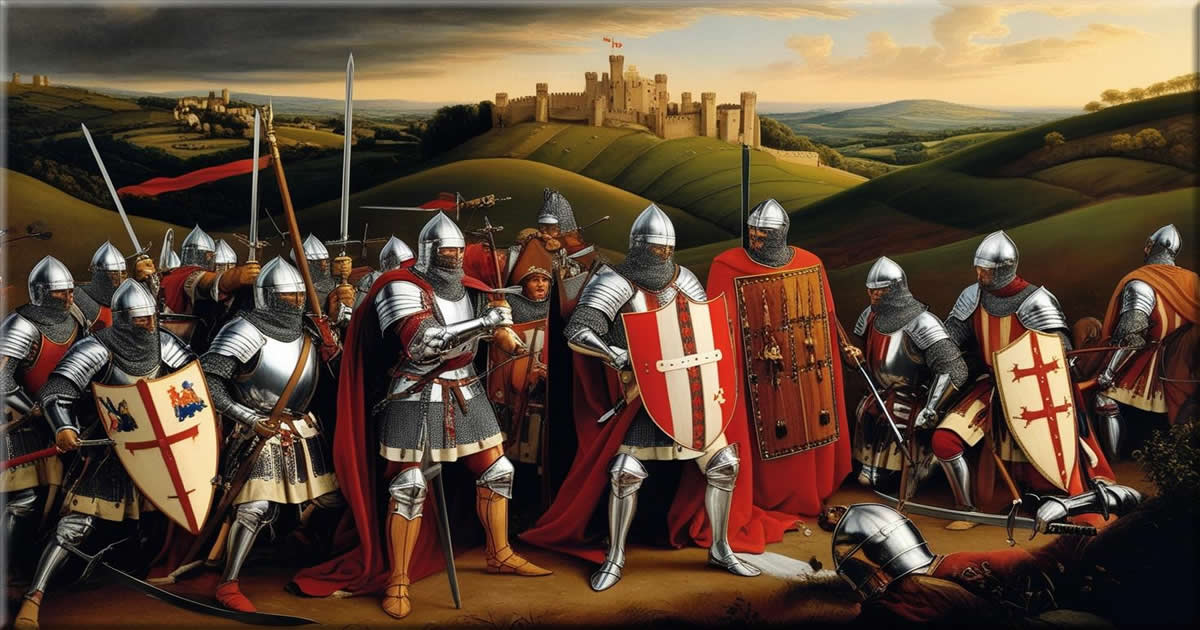
In Europe, the Crusades helped catalyze shifts in power structures. Monarchies and noble houses found new patterns of feudal allegiance and authority, as Crusader campaigns required substantial funding and manpower. Inadvertently, they accelerated the decline of feudalism and paved the way for more centralized states.
On the other hand, the Crusades resulted in a flow of ideas and goods. They acted as a conduit for knowledge, with sciences, philosophy, and cultural practices migrating across borders. Such exchanges enriched European life, leading, in part, to the Renaissance and the growth of trade and exploration.
The Crusades also left deep religious footprints. The prolonged conflicts intensified religious rifts but also led to dialogues and reflections in later years. Over time, these interactions contributed to increased curiosity about different faiths, sowing early seeds of interfaith dialogue despite the immediate divisions.
Volume 2 continues the profound themes introduced in the predecessor even deeper into the complexities of existence and the pursuit of knowledge, encouraging readers to question established beliefs.
Reflecting on the victims brings an essential understanding of the Crusades – transcending beyond mere numbers. It calls for remembering those whose lives and cultures were indelibly altered, highlighting the dark side of the Roman Catholic Church, often glossed over by tales of a holy and noble institution.
Our understanding of the Crusades often relies on myths, colorful tales, and sometimes skewed historical narratives. Still, tangible remnants like architectural artifacts and records testify to their dark legacy. In addition, the Catholic Church, which had claimed to be holy and Christian, was drenched in the blood of tens of millions of human beings and then tried to minimize the consequences by saying it was God’s will.
Related Topics
